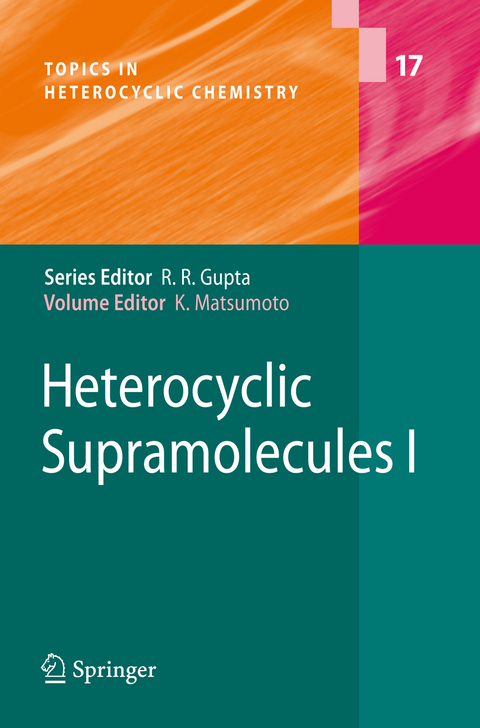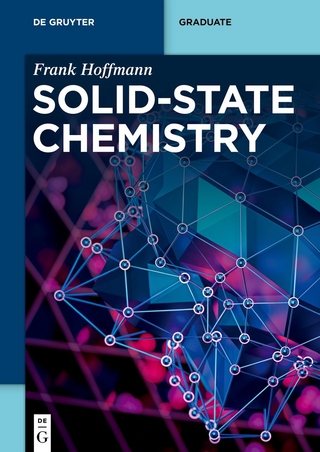
Heterocyclic Supramolecules I
Springer Berlin (Verlag)
978-3-642-08787-5 (ISBN)
A wide range of ?elds within supramolecular chemistry are of current and great interest ranging from nanosciences, medicinal sciences, biosciences, and even organic sciences and this is a mature and extremely active area of research. In 1978, Lehn de?ned this chemistry as the chemistry of molecular assemblies and of the intermolecular bond. In other words, supramolecular chemistry is noncovalent chemistry based upon covalent chemistry. On the other hand, it is well known that replacing the carbon atom of cyclic compounds can lead to dramatic changes in chemical and physical properties and the principles of homocyclic chemistry are often of limited value and may even lead to incorrect results. This is often indeed the case in supramolecular chemistry. The modern explosion of nonochemistry is highly based upon the fundamental recognition of intermolecular interactions engendered by supramolecular scientists. In this volume entitled Heterocyclic Supramolecules I, a part of the series Topics in Heterocyclic Chemistry, some selected topics in noncovalent ch- istry from the last decade are highlighted, with attention particularly focused on heterocyclic supramolecules as well as heterocycle-based nanosciences. The ?rst chapter, Molecular Recognition with designed Heterocycles and their Lanthanide Complexes by S. Mameri, S. Shinoda, and H. Tsukube - scribes various synthetic receptors for speci?c binding of cationic anionic guests mainly in the solution states. Furthermore, special attention is directed at the heterocycle-lanthanide complexes that worked as luminescent sensory devices of biologically important anions. Thus, rare earth metals are making the change into hopeful earth metals.
Molecular Recognition with Designed Heterocycles and Their Lanthanide Complexes.- Syntheses and Properties of Crownophanes.- Azacalixarene: A New Class in the Calixarene Family.- Chemistry of Calixfurans.- Supramolecules Based on Porphyrins.- Heterocyclic Supramolecular Chemistry of Fullerenes and Carbon Nanotubes.
From the reviews:
"Contributing to this book of six chapters were 14 scientists working in the field of supramolecular chemistry, with a special focus on molecular recognition, functional materials, and nanocarbon science. ... Overall, this book is an informative summary on the progress that researchers have made over the past decade toward generating useful functional materials from heterocyclic supramolecules. This is an advanced text that should be most useful to those with an established background in supramolecular sciences and engineering." (Gabor Borzsonyi and Hicham Fenniri, Journal of the American Chemical Society, Vol. 131 (9), 2009)
| Erscheint lt. Verlag | 30.11.2010 |
|---|---|
| Reihe/Serie | Topics in Heterocyclic Chemistry |
| Zusatzinfo | XIII, 201 p. |
| Verlagsort | Berlin |
| Sprache | englisch |
| Maße | 155 x 235 mm |
| Gewicht | 334 g |
| Themenwelt | Naturwissenschaften ► Chemie ► Anorganische Chemie |
| Naturwissenschaften ► Chemie ► Organische Chemie | |
| Schlagworte | carbon • Carbon Nanotube • Carbon Nanotubes • cyclic compound • Fullerene • Fullerenes • Heterocyclic Chemistry • lanthanum • lead • metals • supramolecular chemistry • synthesis • Uranium |
| ISBN-10 | 3-642-08787-6 / 3642087876 |
| ISBN-13 | 978-3-642-08787-5 / 9783642087875 |
| Zustand | Neuware |
| Haben Sie eine Frage zum Produkt? |
aus dem Bereich


